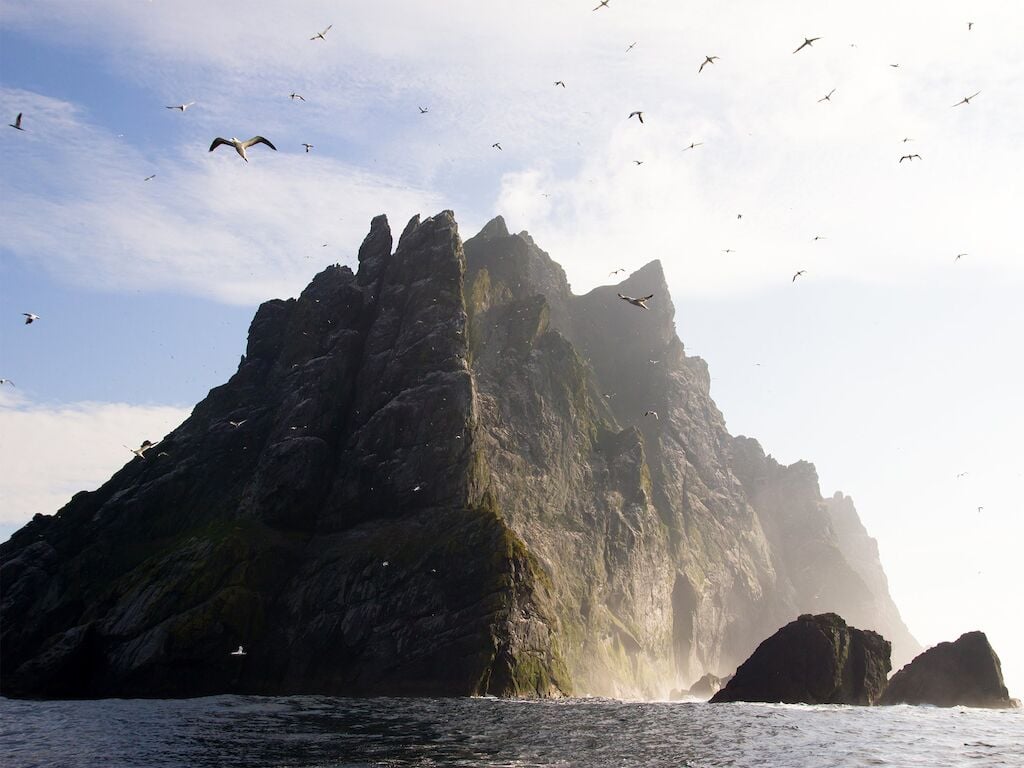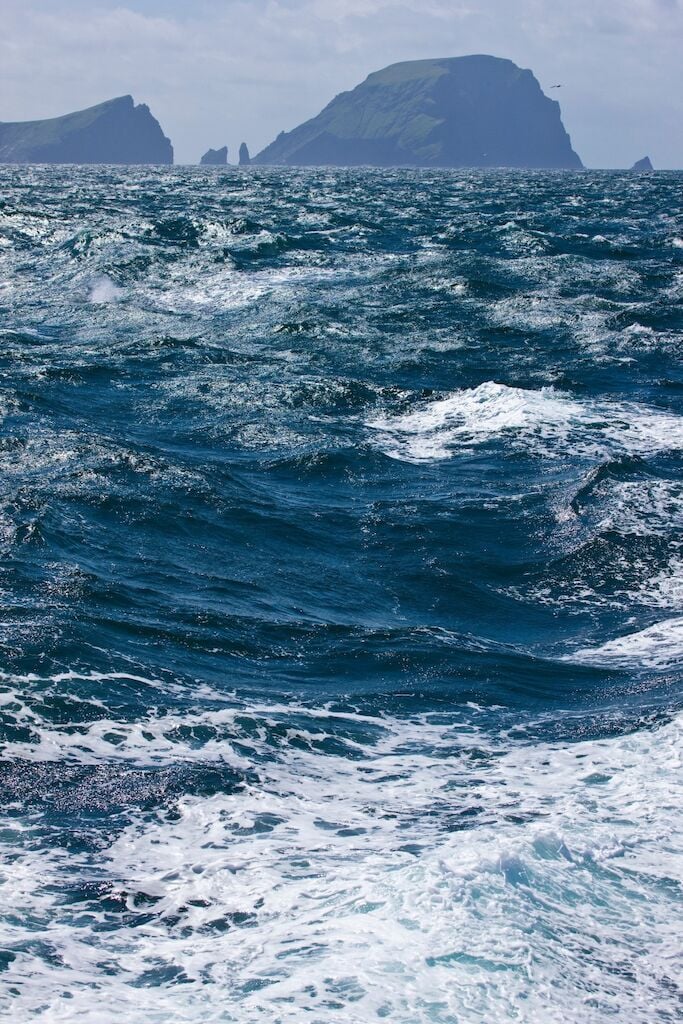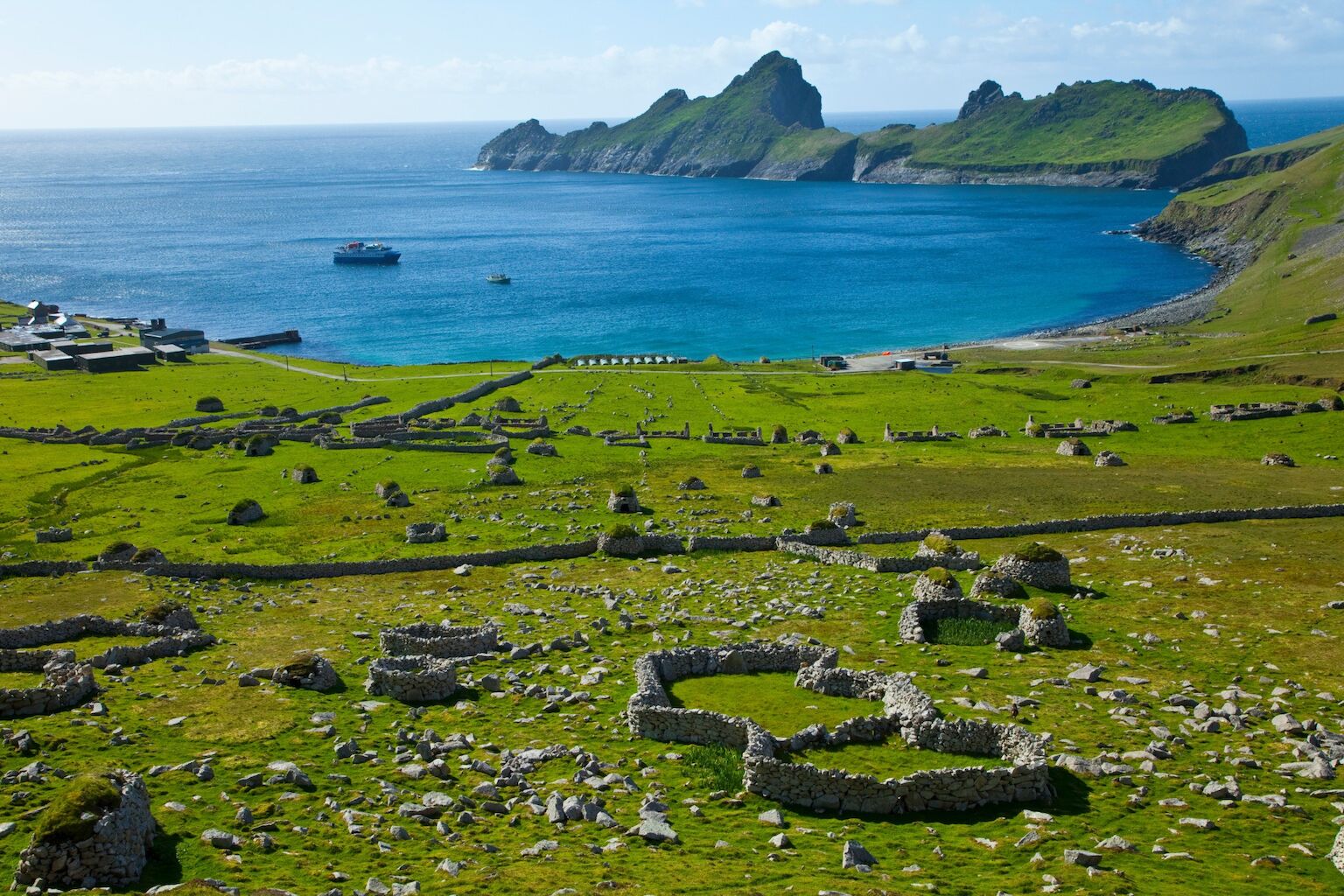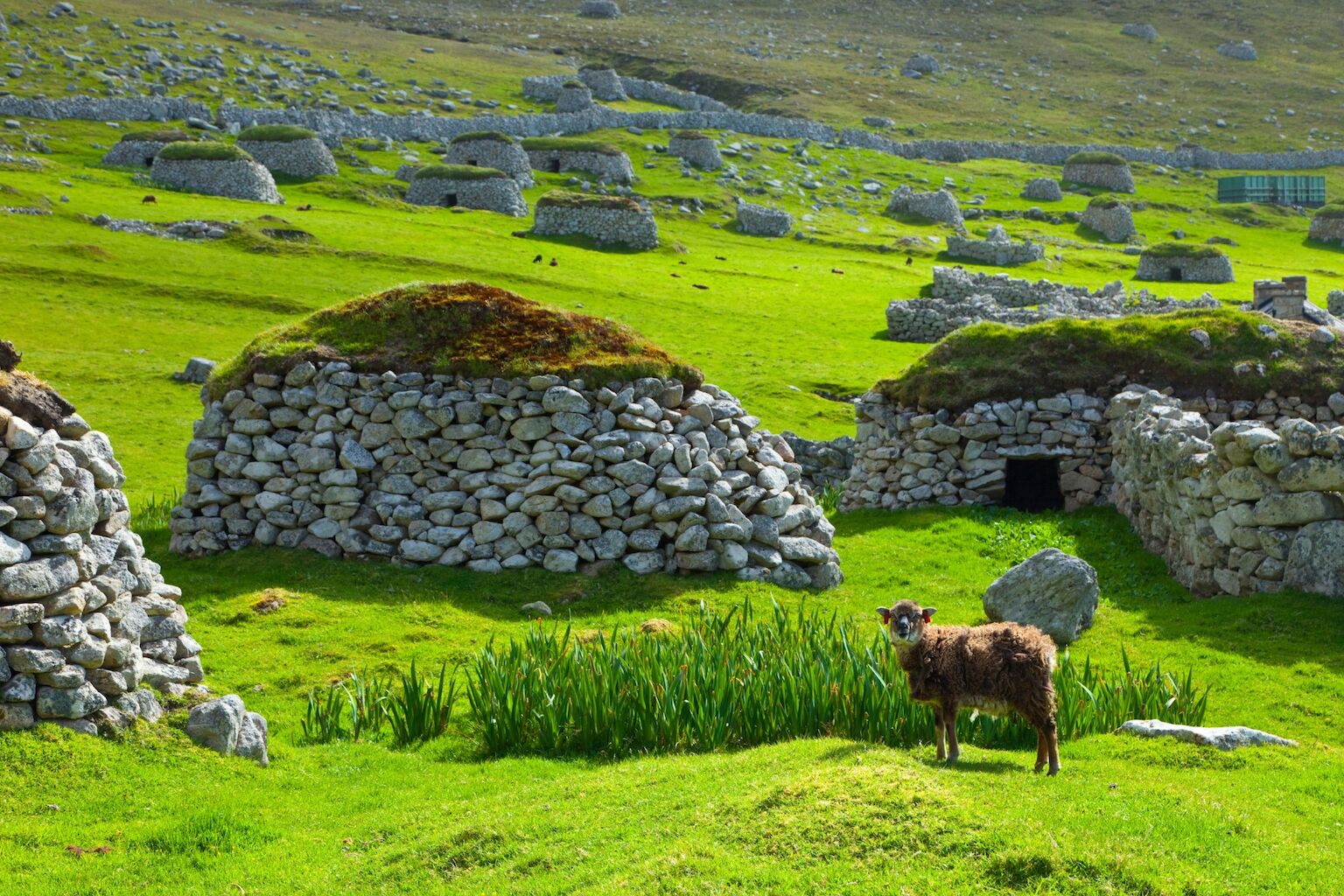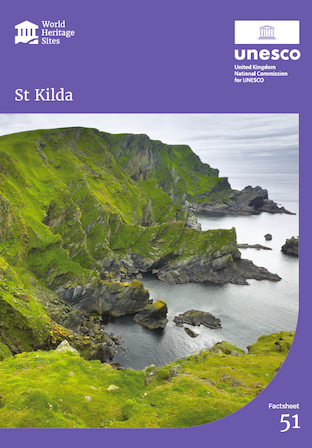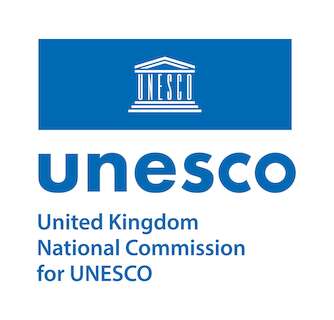St Kilda
The tiny archipelago of St Kilda, 100 miles off the west coast of Scotland, is the UK’s only mixed World Heritage Site, important for both its natural and cultural heritage. The four main islands and numerous sea stacks are surrounded by the rich Atlantic Ocean that forms the majority of the World Heritage Site.
What makes this UNESCO Designation special?
St Kilda’s dramatic scenery of towering sea cliffs and stacks, together with steep grassy slopes offer ideal habitats for breeding seabirds, making St Kilda one of the most important sites for seabirds in the north-east Atlantic. The largest colony of Northern gannets in the world and the largest colony of Atlantic puffins in the UK, together with significant populations of Northern fulmar all breed in this relatively small area, sustained by the surrounding ocean.
The seabed communities are outstanding in terms of biodiversity and composition, the plunging underwater rock faces are festooned with sea life. The isolation of the islands has led to the genetic divergence of the wren, fieldmouse and dandelion. Soay sheep, descendants from the earliest settlement, live wild on two of the islands.
St Kilda was occupied for thousands of years until 1930 by a community that survived through harvesting seabirds and subsistence farming. The cultural landscape is exceptionally well preserved with many buildings and structures including cleitean, a dry-stone storage structure unique to St Kilda. This landscape bears witness to a cultural tradition that has now largely disappeared, and the abandoned physical remains add to the poignancy and feeling of isolation.

